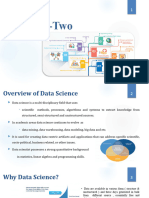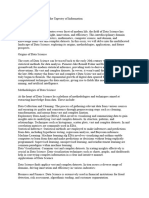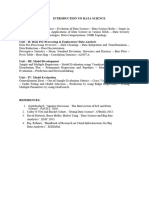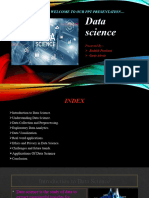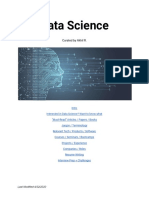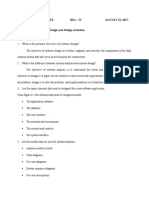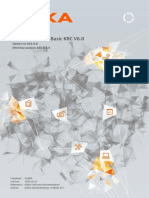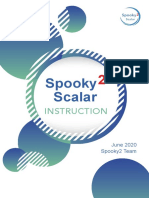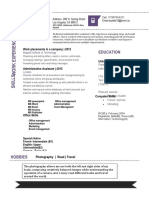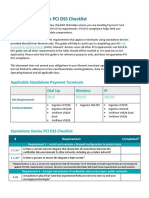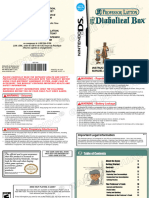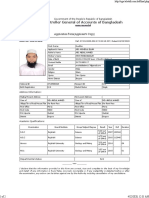0% found this document useful (0 votes)
77 views40 pages01a Data Science Introduction 1
The document discusses the rise of big data and data science. It provides key figures on the growing size of the global data sphere and data production. It highlights both celebrated successes of data science, like advances in image recognition and healthcare, as well as notorious failures, such as offensive tweets from Microsoft's AI chatbot Tay. The document defines data science as developing tools to store, manipulate, and analyze data to extract knowledge.
Uploaded by
KADDAMI SaousanCopyright
© © All Rights Reserved
We take content rights seriously. If you suspect this is your content, claim it here.
Available Formats
Download as PDF, TXT or read online on Scribd
0% found this document useful (0 votes)
77 views40 pages01a Data Science Introduction 1
The document discusses the rise of big data and data science. It provides key figures on the growing size of the global data sphere and data production. It highlights both celebrated successes of data science, like advances in image recognition and healthcare, as well as notorious failures, such as offensive tweets from Microsoft's AI chatbot Tay. The document defines data science as developing tools to store, manipulate, and analyze data to extract knowledge.
Uploaded by
KADDAMI SaousanCopyright
© © All Rights Reserved
We take content rights seriously. If you suspect this is your content, claim it here.
Available Formats
Download as PDF, TXT or read online on Scribd
/ 40



























